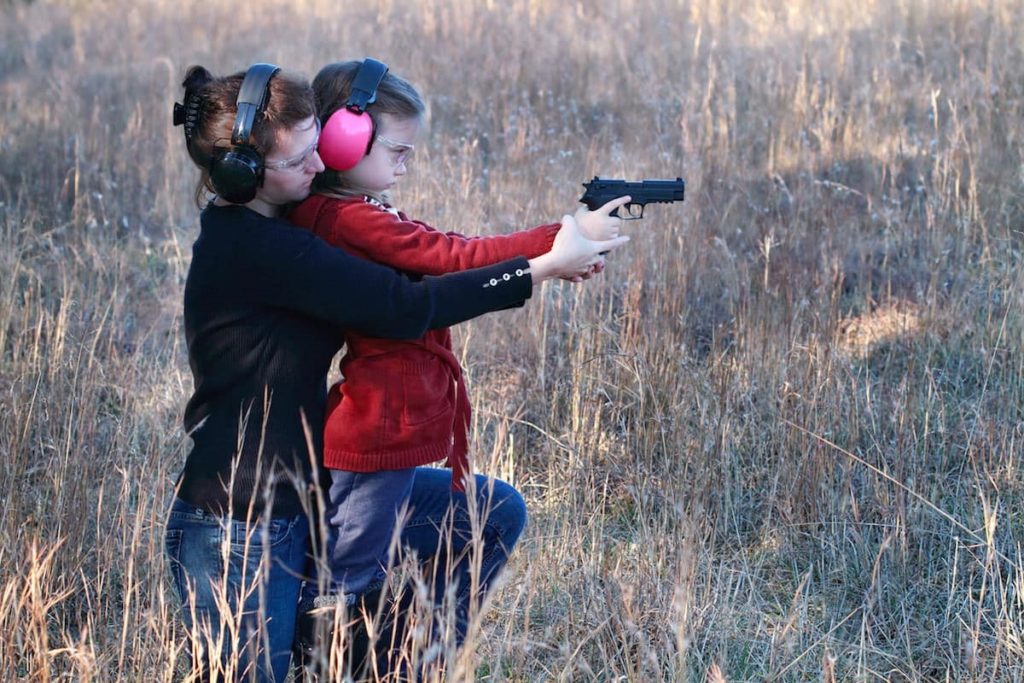
Finally, a researcher whose work seems to support, rather the attack, Second Amendment rights. David Schwebel, a psychology professor, and his associates describe a training program to improve children’s ability to safely deal with guns. Perhaps surprising to those who read academic studies regarding firearms, they imply that children’s exposure to firearms is not unusual and may have positive consequences, such as becoming integrated into family activities as well as sports like hunting and shooting.
They have obtained a large research grant to teach children, in a number of ways and in several settings, skills to reduce the likelihood of misuse of guns. Techniques will a include newly developed video games and tasks to teach patience. They will also use “peers” – in reality child actors – to present realistic stories about the dangers that accompany unsafe firearms practices. The program participants will be girls and boys between 10 and 12, of diverse ethnicity.
In this report the researchers say little about how these “peers” will be chosen. Presumably, they will be slightly older than the participants. Having once been a 10-year-old boy myself, I wonder how effective it might be for such a participant to hear a story about guns told by a slightly older girl.
A strength of their plan, as the authors suggest, is that it acknowledges that in many households, especially those in more rural areas, telling and teaching children about guns is part of one’s upbringing and, I would think, no different than teaching safety regarding swimming or bicycle riding.
Professor Schwebel’s interest in enhancing the safety of children around firearms without infringing on the right to keep and bear arms is commendable. Unfortunately, he is an outlier.
Project funding comes from the Centers for Disease Control. It’s good to see tax dollars used to reduce firearm accidents through teaching children about firearms, rather than by infringing on the right to keep and bear arms. Recent legislation attempts to nullify previous restrictions on the use of tax dollars to fund studies promoting gun control; it appears that Professor Schwebel’s research is being paid for with money allocated in 2019.
More information about the project is provided by the University of Alabama:
“Our intention is to design a website that teaches children how to engage safely with firearms to reduce risk for unintentional pediatric firearms-related injuries and deaths,” said David Schwebel, Ph.D., director of the UAB Youth Safety Lab and principal investigator. “The website will deliver messages through the internet, a technological medium today’s children prefer learning in. It also will incorporate brief messaging to parents, who will absorb key lessons and reinforce them with their children.”
ShootSafe extends existing programs to achieve three primary educational goals:
- Teach children the knowledge and skills they need to hunt, shoot and use firearms safely;
- Help children learn and hone the critical cognitive skills of impulse control and hypothetical thinking needed to use firearms safely; and
- Alter children’s perceptions about their own vulnerability and susceptibility to firearms-related injuries, the severity of those injuries, and their perceived norms about peer behavior surrounding firearms use.”
.
.
—Thomas E. Gift, MD is a child and adolescent psychiatrist practicing in Rochester, New York, an associate clinical professor of psychiatry at the University of Rochester Medical School, and a Distinguished Fellow of the American Psychiatric Association.

